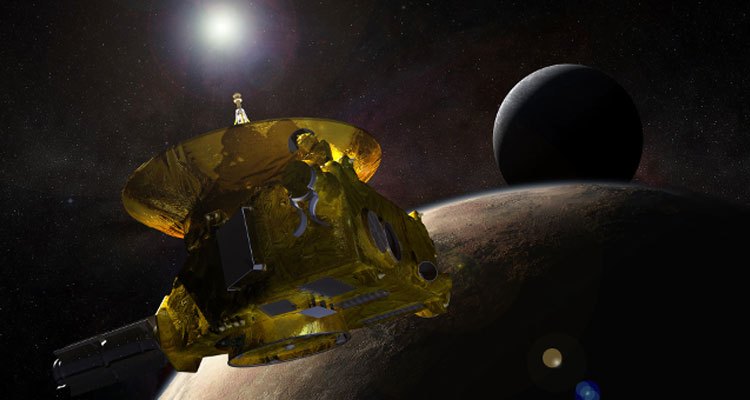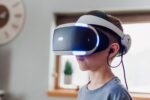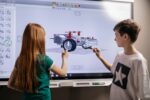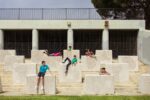Earthlings have never been as close to Pluto as NASA’s New Horizons spacecraft is today, and, thanks to the wonders of science, students and families can ride along with the extraordinary photo mission.
Utilizing NASA’s “Eyes on Pluto” website and simulated data from the New Horizons flight team, anyone with a home computer can experience this event. Viewing Pluto through the eyes of New Horizon provides a terrific opportunity for students and families to interact with real science as it happens.
“The New Horizon’s mission is an adventure that students and families should take note of,” says Patrick Keeney, K12’s Director of College and Career Planning and former consultant at NASA’s Goddard Space Flight Center. “In the mid 1990s, NASA shifted its focus from manned missions to smaller missions that provided more data for scientific study. This will continue, and New Horizons is a perfect example, giving us incredibly useful information about a small island in space, Pluto.
“This is one example of why STEM (an integration of science, technology, engineering and mathematics) is critical to students in the 21st century. Our next generation of students will be working with these types of missions more often as we begin to not only explore small bodies in the solar system, but also for more practical value, like mining their resources, or growing tourism in space. Almost anything that is done on Earth now will be done in space in the next 30 years.”
Through July 15, New Horizons will fly past Pluto at more than 30,000 mph, sending home never-before-seen images of what was—at the time of its launch—referred to as the ninth planet in our solar system. It took more than nine years and three billion miles just for New Horizons to position itself for this up-close look at Pluto.
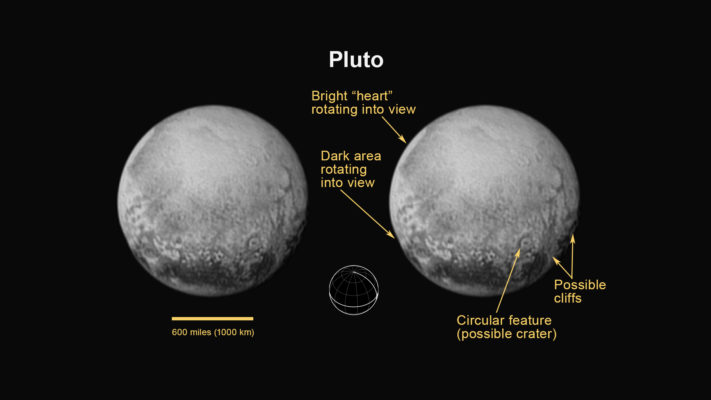
Make sure your children don’t miss the chance to see the dramatic images and discover the amazing advances in technology that made this possible. To get started viewing New Horizons, the Johns Hopkins University Applied Physics Laboratory New Horizons site provides an excellent overview of the unmanned mission.
You and your students can also download the “NASA’s Eyes” app. Once downloaded, the picture-in-picture view enables viewers to see what the spacecraft is viewing with its highly advanced instruments. Click “launch” to get started or use the “tours and features” button on the Eyes on the Solar System site.
Children can get more involved and participate in the discussion with the New Horizons Facebook page and the activities and lesson plans available on the New Horizon’s website.
New Horizons’ closest approach is scheduled for 7:49 PM (ET) on July 14, as Pluto becomes the most distant solid object to be visited by a spacecraft. During that time, NASA will not be in touch with New Horizons as its instruments will be pointed at Pluto, so viewers on Earth will have to wait about 13 hours (9 AM ET) for a signal to come from the spacecraft.
There is at least speculation that New Horizons’ finest hour might also lead to its destruction. Coming into contact with orbital dust or rocks circulating within Pluto’s gravity could severely damage the spacecraft or send it tumbling.
Read more about NASA and STEM on Learning Liftoff.
Featured Image - Artist’s concept of the New Horizons spacecraft as it approaches Pluto and its largest moon, Charon. Credit: Johns Hopkins University Applied Physics Laboratory/Southwest Research Institute (JHUAPL/SwRI).
